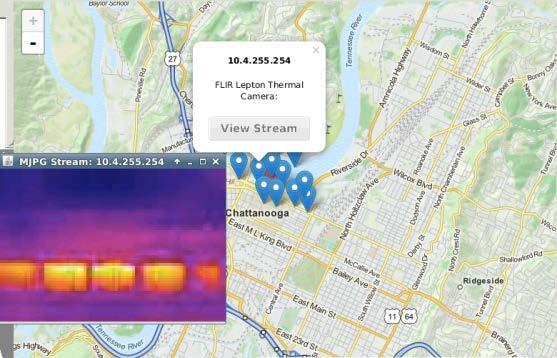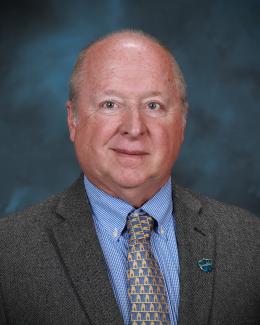
The term “grid modernization” means different things to different people. A power systems engineer may think of updating and upgrading measuring devices with sensing capabilities, whereas someone interested in renewables may picture wind farms, solar panels, and battery storage. Both viewpoints are accurate but represent only part of the picture. Grid modernization also may mean bringing new sensing capabilities to components of the nation’s installed grid.
For example, a typical electrical substation has a suite of transformers, capacitor banks, and associated switch and control gear. To keep the lights on in its service area, the substation takes electricity at one voltage level and converts it to a different (typically lower) voltage level; then the distribution power lines deliver the electricity to the area’s homes and businesses.
Throughout 2016, researchers in the Electrical and Electronics Systems Research Division at Oak Ridge National Laboratory have been installing advanced sensors and instrumentation at various substations in Chattanooga to demonstrate inexpensive Internet of Things–related sensors in a harsh electromagnetic environment. The sensors utilize addressing and security capabilities far beyond what is available for home/consumer use.
The Electric Power Board (EPB), Chattanooga’s municipal utility, was interested in measuring operational needs, environmental conditions and device performance of equipment inside and outside of substations within its 600-mile service area in Tennessee and North Georgia. The need for electrical isolation of signals and communications lines from the substation yard to the supervisory control and data acquisition (SCADA) network demanded wireless and fiber optic links with associated media converters as needed in the communication network.
Sponsored by DOE, the project scope continues to expand to additional substations while adding additional sensing capabilities – including airborne platforms. — Peter Fuhr


